Artificial intelligence is not just changing the present and future; it's also helping us unlock the secrets of the past. Researchers from Yamagata University and IBM Japan have harnessed the power of AI to discover new geoglyphs, or ancient earth drawings, hidden within Peru's Nazca Desert.
These geoglyphs, part of the famed Nazca Lines, date back to between 500 BC and 500 AD. Their massive size, sometimes stretching over 1,200 feet, makes them difficult to spot from the ground. Traditionally, their discovery has relied on aerial observation, but now AI is changing the game.
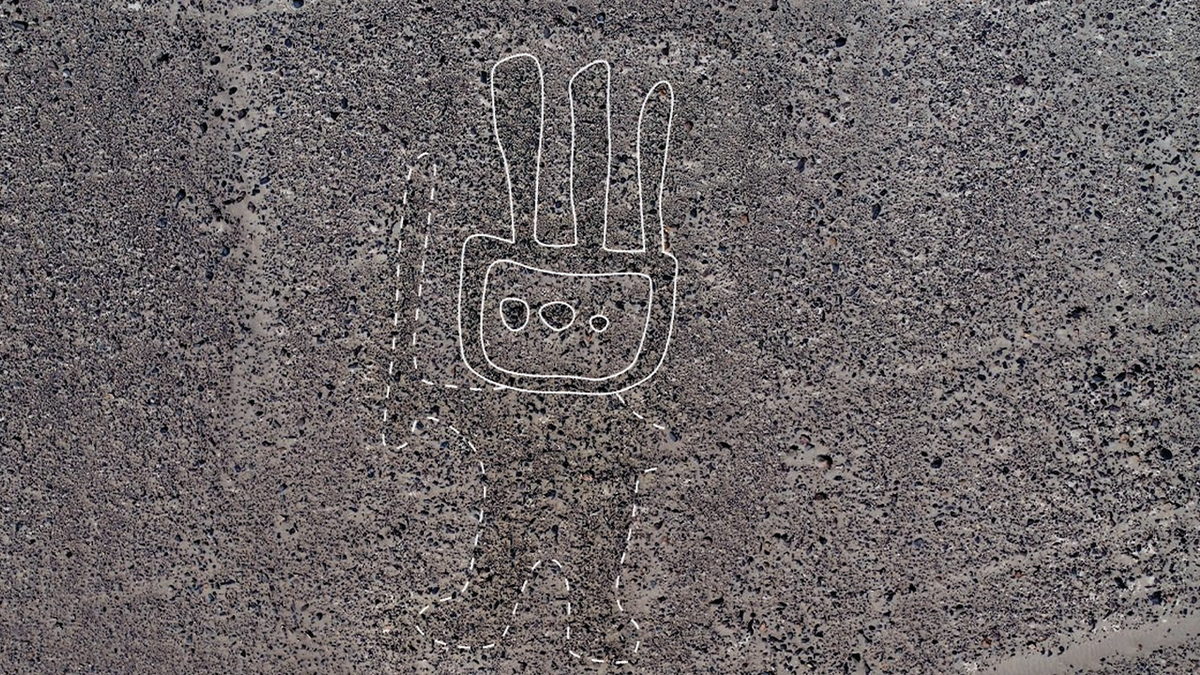
The AI system, trained on existing Nazca Lines, identified four new geoglyphs: a humanoid figure wielding a club-like object, a fish, a bird, and a pair of legs. This method proved significantly faster than traditional visual analysis, accelerating the discovery process by a factor of 21.
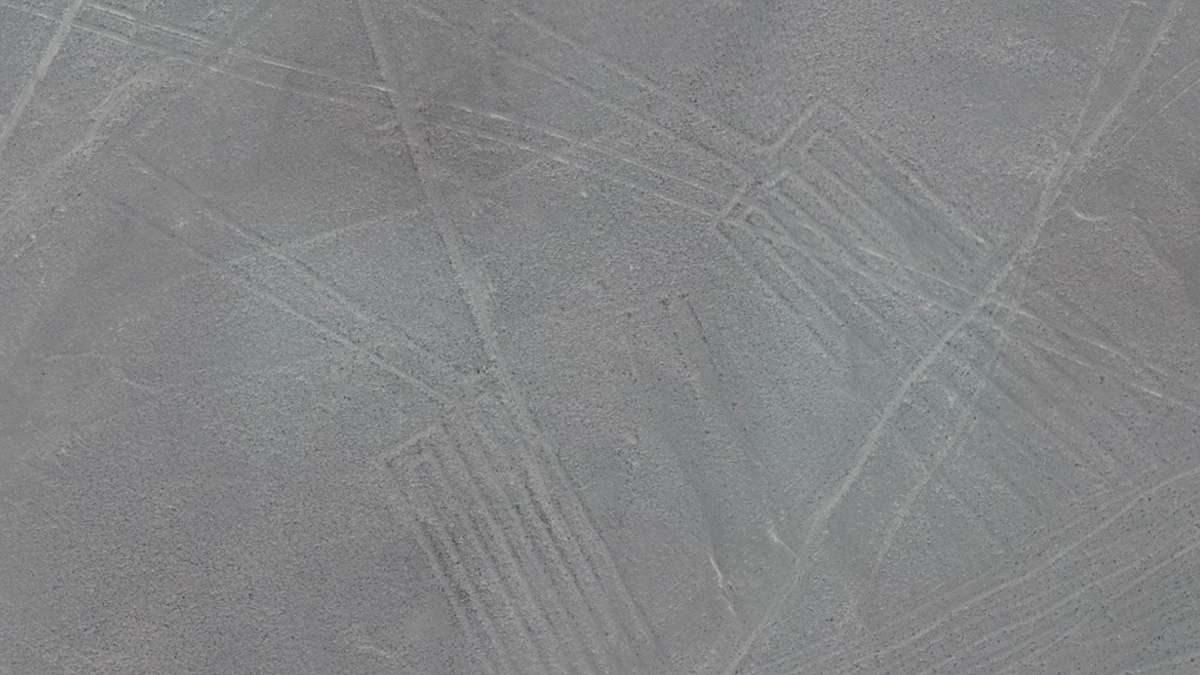
The purpose of the Nazca Lines remains a subject of debate. Theories range from religious tributes to deities to more speculative ideas involving extraterrestrial contact. Regardless of their origin, these enigmatic figures offer a glimpse into the beliefs and practices of ancient cultures.
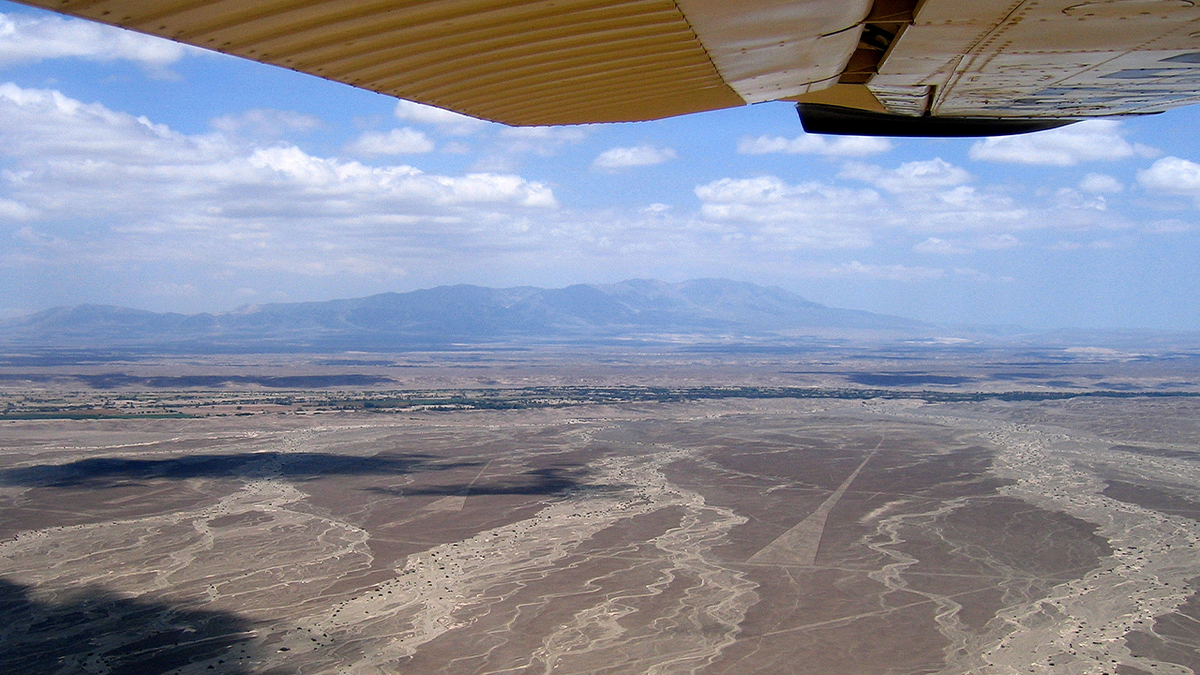
This breakthrough demonstrates the potential of AI to revolutionize archaeological research. The researchers are now collaborating with IBM to expand their AI-powered search to the entire Nazca region and are working with Peruvian authorities to protect these newly discovered treasures.
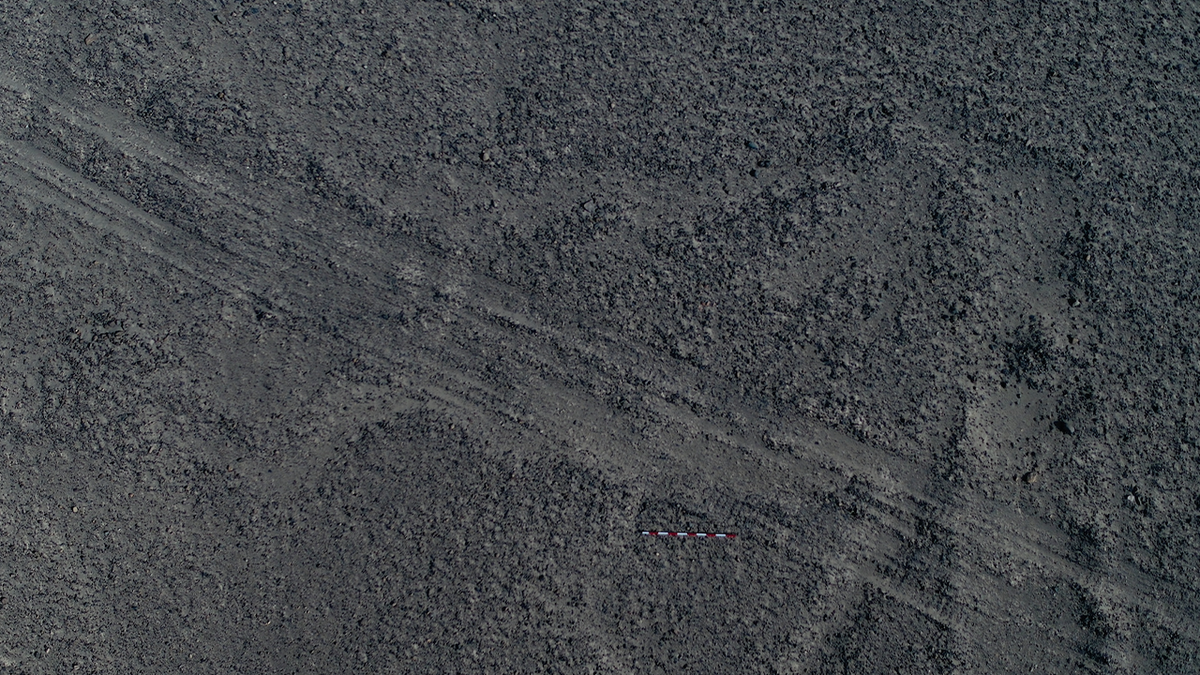
The success of AI in uncovering Nazca Lines builds on its growing role in archaeology, from identifying burial sites and shipwrecks to translating ancient texts. As technology advances, AI promises to be an increasingly valuable tool for unlocking the mysteries of our past.
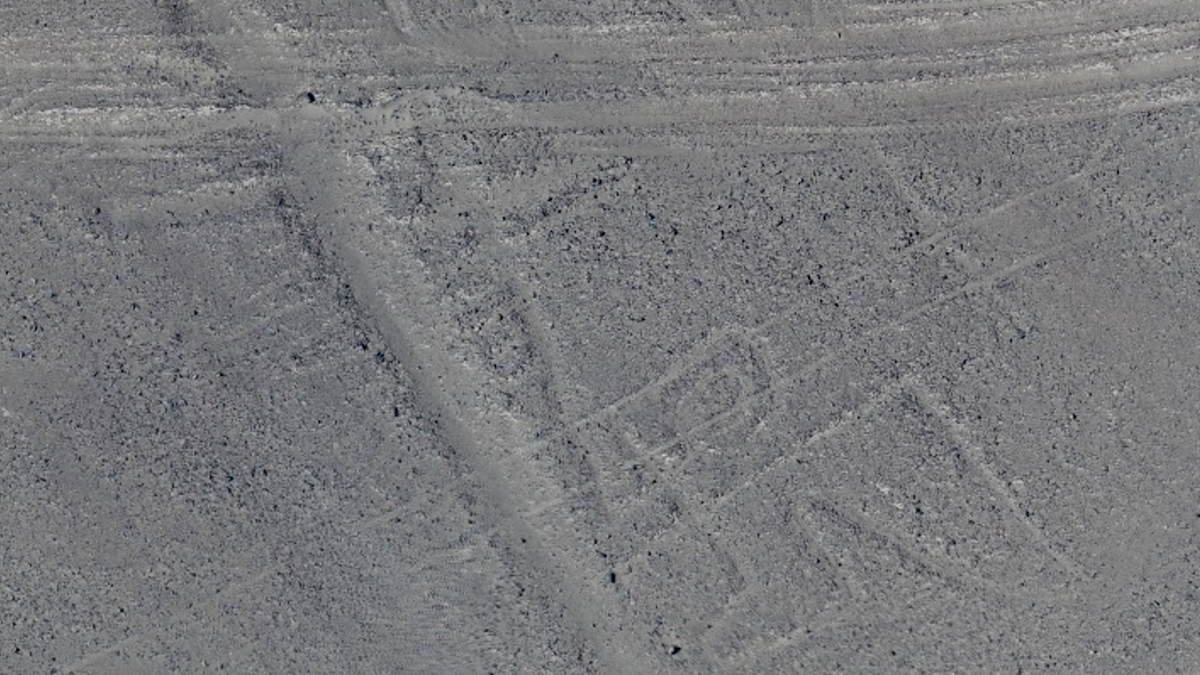
Comments(0)
Top Comments